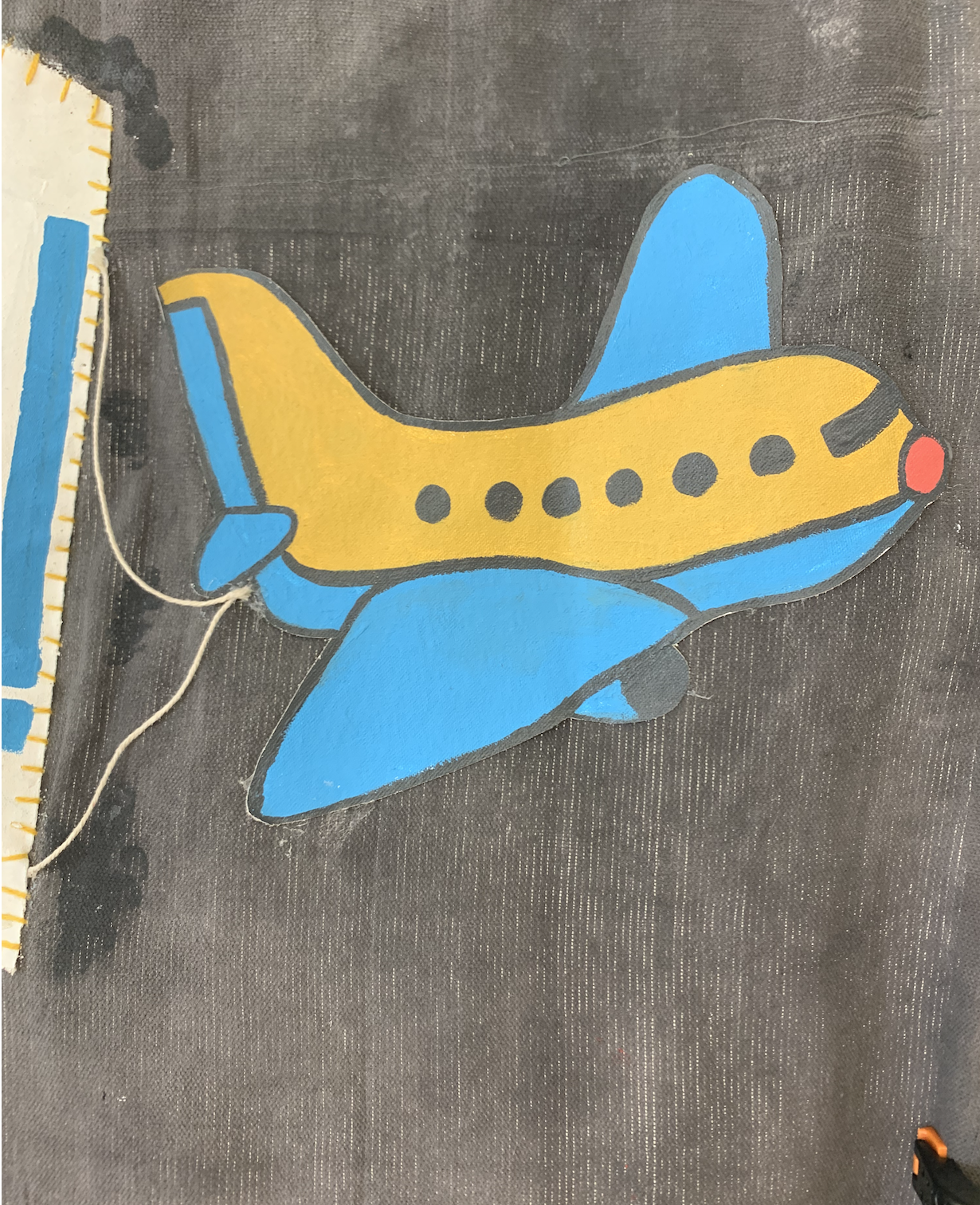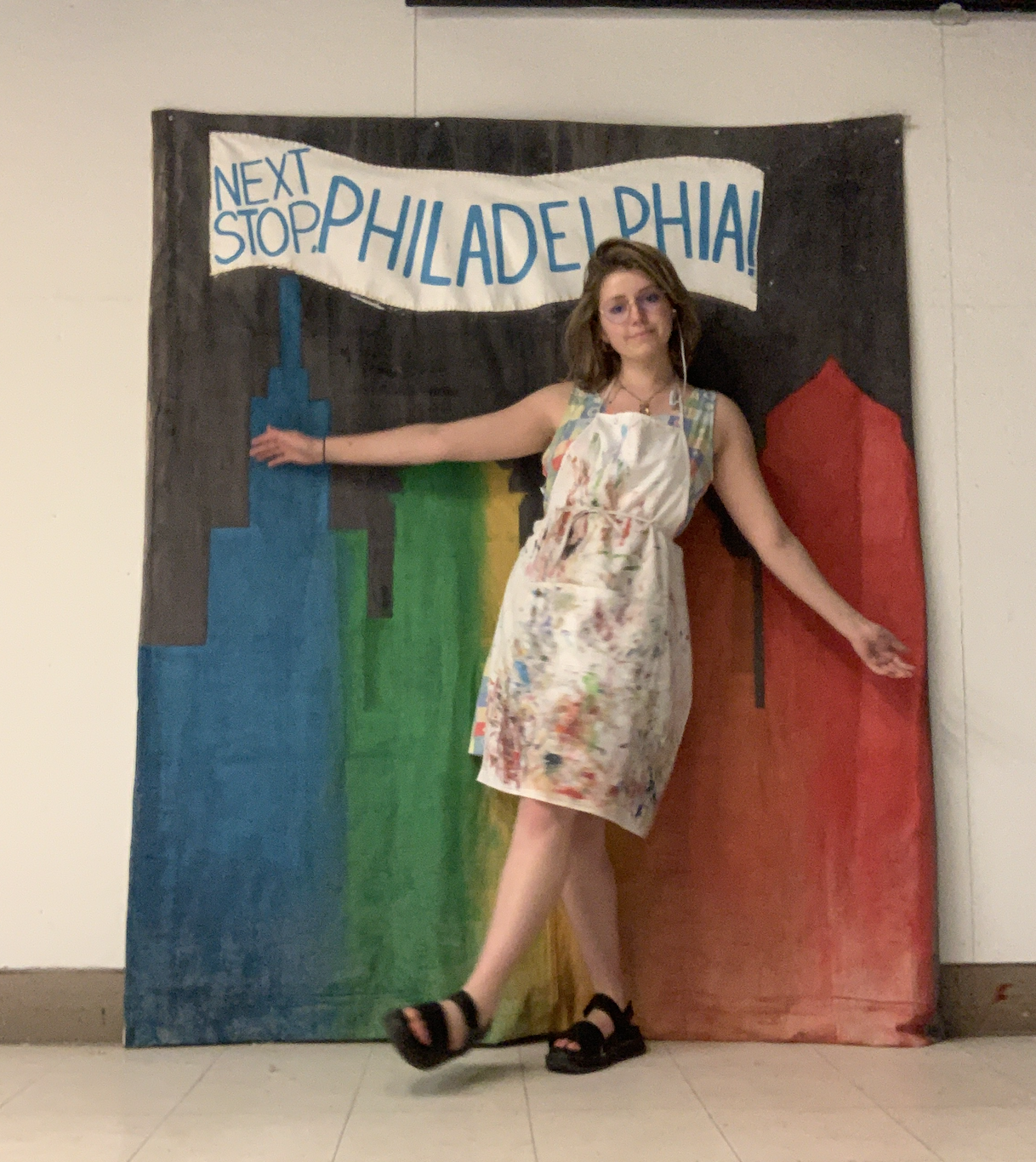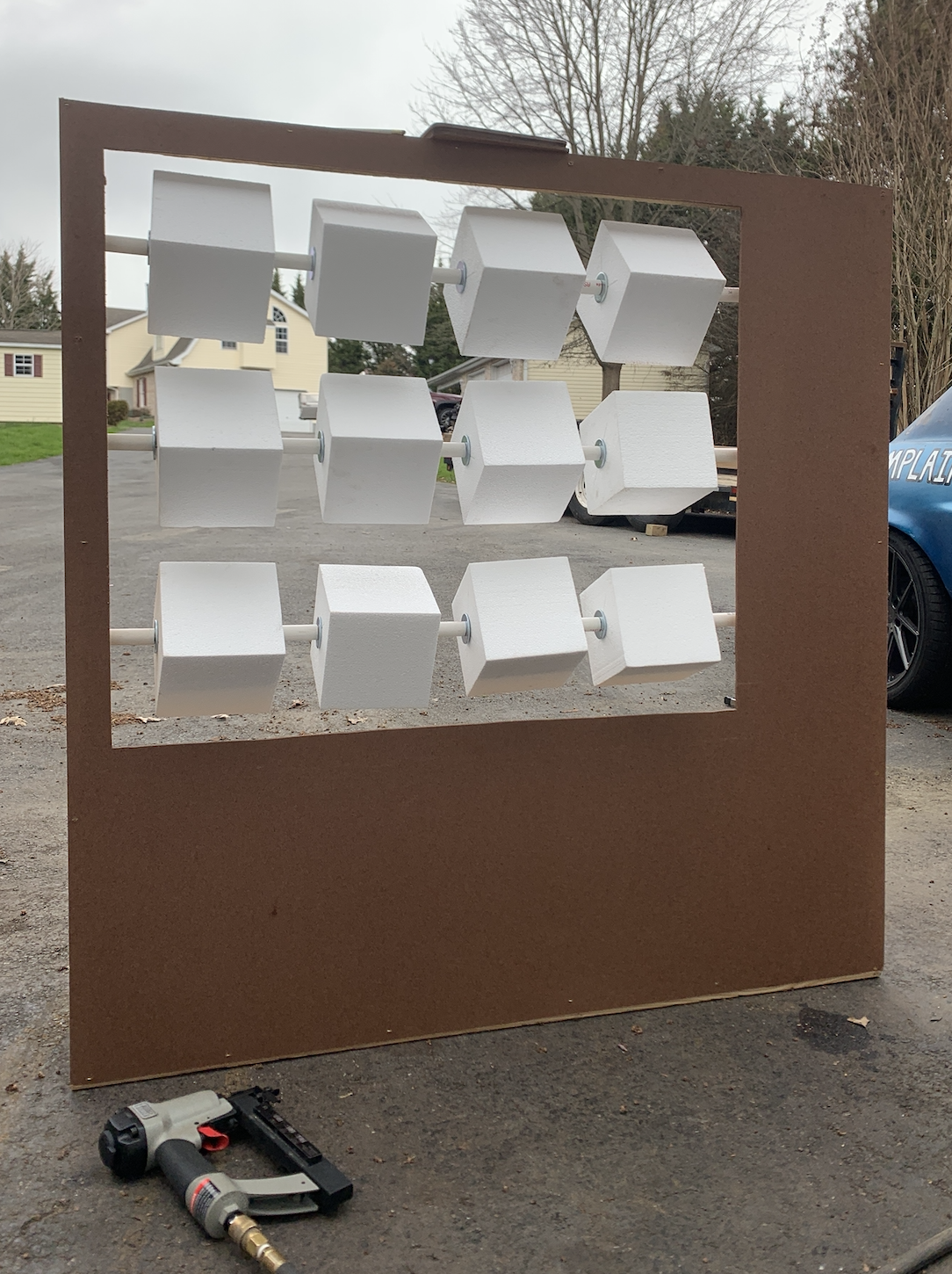Next Stop, Philadelphia!
Next Stop, Philadelphia was my Senior Project at Drexel University. For 9 months, I worked on an interdisciplinary team of 8 students to design, plan, and develop our interactive exhibit.
To see a brief overview of our entire project, check out our presentation from the Drexel Digital Media Showcase!
Project Overview
The city of Philadelphia is rich with history and culture. Unfortunately, many of the ways to experience the city are not designed for children.
With our interactive exhibit, Next Stop, Philadelphia, we gave children a tour of Philadelphia that was designed just for them! At our exhibit, kids engaged with educational games, crafts, and activities that let them experience the culture and history of the city in an age-appropriate, exciting way.
Through the 9 months of this project, I took on 3 major roles.
As the Lead UX Researcher, I wrote and distributed a Survey to Key Stakeholders, and conducted interviews, synthesizing the research results to determine the best approach to creating an educational experience for children.
As Event Coordinator, I secured an exhibit spot, determined our event date, and ensured we had every detail considered for the day of our event.
Finally, as the Product Design Lead, I worked to build an immersive experience that maintained the design of our digital experiences and marketing materials.
UX Research
User Survey
The first step of our research process was to send out a user survey. We gathered anecdotal data, and recruited highly qualified teachers for our user interviews. Here are some insightful quotes from the survey:
Tell us about a memorable field trip. What makes it stick out to you?
“Annapolis… The students had a guide to take them through an experience, which kept them engaged in the lesson”
“The Glencairn Cathedral and Castle… They used different medieval characters who told their stories and hosted activities for the students in different rooms of the castle. It really brought the history to life and kept students engaged.”
What books do your students engage with?
“As teachers, we try to read books from a variety of genres and levels”
What resources can you recommend to us as we create an exhibit and story for children to interact with?
“Know the elements of plot. The importance of the relationship between an inciting incident, conflict and climax. Look at Freytag’s Pyramid for narrative text structure.”
“Kindergarten kids often enjoy books with colorful illustrations, repetitive text, and humor.
User Interviews
Our next step was to conduct User Interviews. We met with teachers who had over 20 years of experience teaching grades K-8, and a tour guide who had 3 years of experience at the Constitutional Walking Tour of Philadelphia. Below are some of the questions we asked:
How do you manage classrooms & keep students engaged?
What advice do you have for writing stories and creating characters for different age groups?
Can you tell us about a game you play in the classroom?
How does this enhance learning & engagement?Take a look at our full User Interview Script!
Here is a look at one of our interviews with Erin Dymowski, with Anna Leong supporting.
Our Findings
After conducting our interviews, I spent time sorting through our transcripts. I looked for patterns in what we were told, and took note of valuable quotes. Here are some of our key findings:
1. Learning Objectives
First, we learned that establishing learning objectives for our stations would be foundational to our process. We had multiple interviewees speak to this point. Start with the goal of the station, and reverse engineer the activity from there.
“It’s that reverse engineering. What is your goal… what do you want (kids) to get, and then you walk it back.”
2. Fostering Engagement
In our interviews, we learned that there’s a lot of variety in the needs of elementary aged children. At our exhibit, we needed to accommodate a broad spectrum of ages, learning levels and personalities. We also learned that teachers had equal preference for digital and hands-on activities. With this, we decided that for each of our 4 stations, we would design a digital game and a hands-on activity, or craft. Giving kids choice helped to maintain their engagement throughout the whole experience.
“I try to use as many modalities as I can because I think that different things will reach different kids, and that way you get more of a chance in reaching all of them.”
3. Story & Conflict
A key idea that developed from our User Interviews was to write a story for our exhibit. A story helped make our stations more cohesive, and motivated visitors to move through the whole exhibit.
In our research, we learned the best approach when writing for our target audience. We learned about Freytag’s Pyramid, which maps out a basic story structure, highlighting the importance of using conflict to engage the reader. We were also told about Lexile Scores. To accommodate kids ages 5-10, we should “Shoot for the middle,” and write for a 3rd grade Lexile level. Finally, we got advice for writing the instructions in our exhibit. We were told to create engaging, simple, and clear instructions. The faster kids were able to pick things up and start engaging, the less likely we were to lose them.
“What’s going to engage the kids is the conflict, the problem.”
“I think if you are going to balance between kindergarten and fifth grade you’d shoot for the middle. And I would shoot for third grade.”
Here is an extensive look at the Synopsis of our User Interviews.
Product Design
Our product design team did a lot of work to bring our exhibit to life! We combined our digital and physical design skills to create a space that was 100% original. Check out each of the pieces I worked on!
The Mural
For our exhibit exit, I painted a mural of the Philadelphia City Skyline. This mural served as a photo-op station in our exhibit. Visitors could pose in front of it and take polaroid and personal photos.
This 6’x4′ mural was painted with acrylic paint on canvas. The “Next Stop, Philadelphia” banner was created separately – a canvas that was cut, gessoed, and painted, and then hand-stitched onto the mural. The canvas was originally 9′ tall, so I hemmed it to be about 6′ and gave it a curtain rod pocket.









RTM Activity
The Reading Terminal Market activity was inspired by the spinning tic tac toe boards at playgrounds.
At Reading Terminal Market, we wanted visitors to discover the many cultures of Philadelphia through their food. This playground-style game was a matching game that challenged visitors to match the foods that were in the game with the correct cultural categories.
This installation was constructed with wood, PVC pipe, Styrofoam, and paper. First, I built the wooden base frame. Then, I strung the blocks onto the pvc pipe and inserted the three rows of blocks into the frame. Next, I built and attached the outer frame and doors on hinges. The last steps consisted of painting the doors, attaching the handles, and adding the finishing touches, like pictures and category names.












Event Coordinator
As Event Coordinator, I found our exhibit location, made reservations, and managed our project budget. I coordinated with my team and the Digital Media Department to identify the most ideal event date. Then, I worked with Drexel Event Services Coordinator, Nate Grossi, to ensure that all event requirements, like childrens clearences and Covid restrictions were met, and secured a reservation at the Drexel Bossone Lobby.
Budgeting
For this project, our team had a budget of $3,500. We used a GoFundMe Campaign to raise $2600, and were awarded $1,000 from the Drexel Swift Fund.
I used a spreadsheet to work out a budget for our project. I used the information from Drexel Event Services to estimate the cost of our exhibit space rental, estimated the cost of our supplies list, and kept track of every order, receipt, and expense that occurred in the months leading up to our exhibit.
Take a closer look at how I organized and managed our Project Budget.
The Final Result
In the end, our exhibit was quite successful! We had 60 visitors, with 98% working through the entire exhibit and completing their map. Our Learning Objectives were met with above average scores, ranging from 72% to 87% and we had a visitor satisfaction rating of 4.8/5.
I am pleased to say that we achieved our goal of immersing our visitors in the history and culture of our city at this fun-filled exhibit, Next Stop, Philadelphia!






